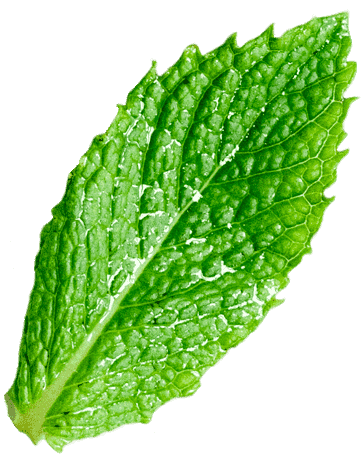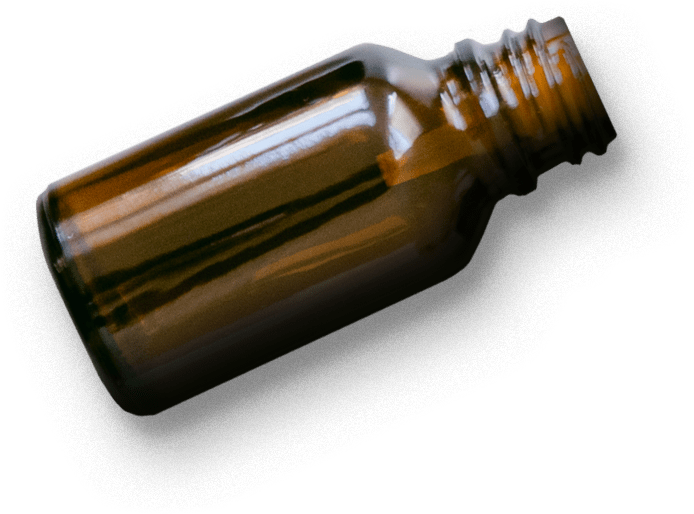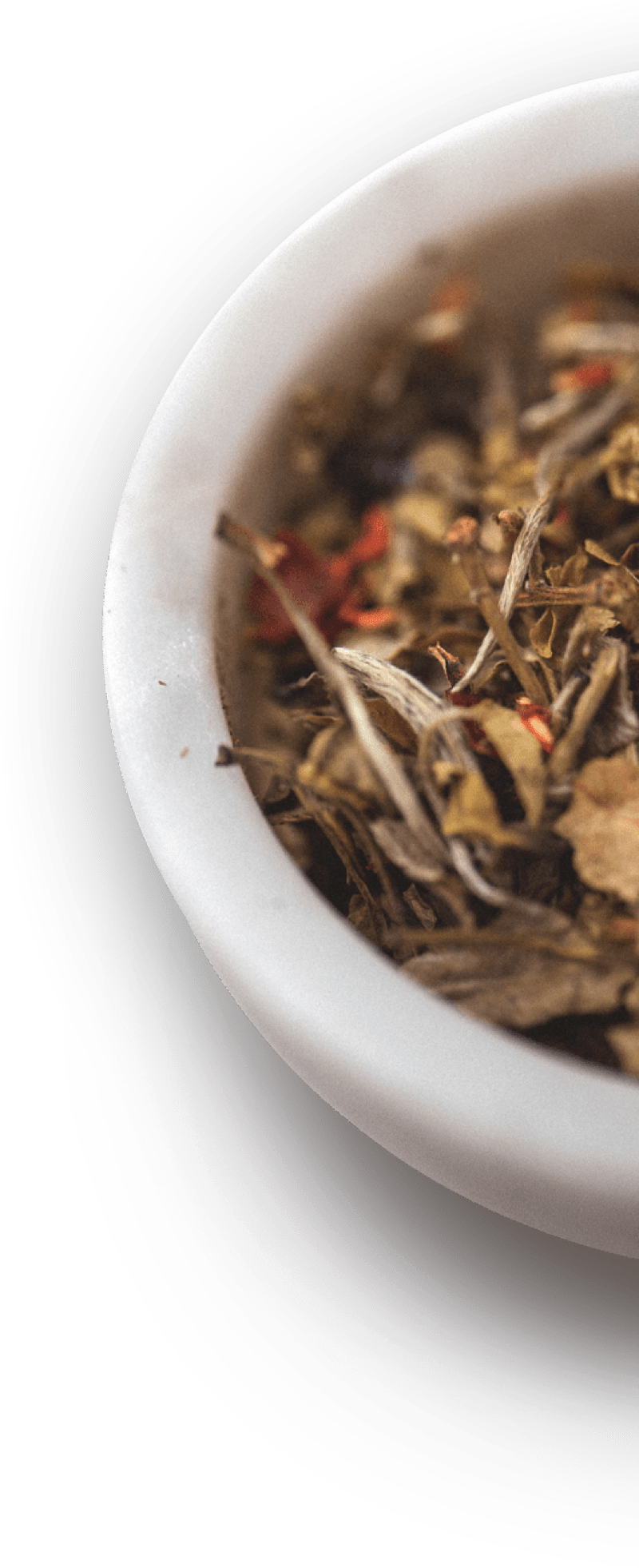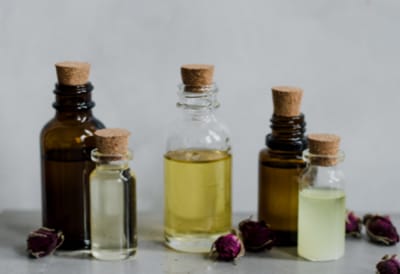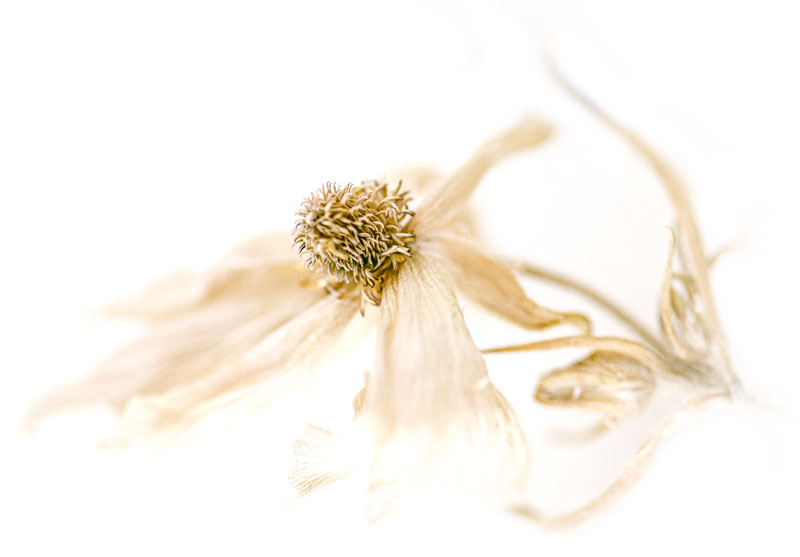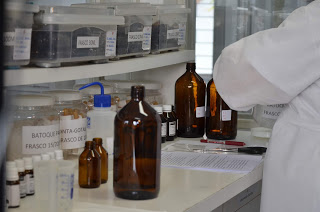The goal of homeopathic therapy is to promote and guide the innate self-healing reaction of the body. Remedies are not given to eliminate the cause of a disease or to beat a particular pathological agent. It is not the medicine itself that cures the disease, but the reaction of the body’s healing mechanisms to the drug that leads to improvement.
Hahnemann used a holistic approach, without excluding any kind of evaluation symptom. In fact, he made a deliberate attempt to include all the symptoms experienced by the person that appeared to be a reaction to the remedy. Instead of giving varying importance to parts of an illness, Hahnemann included them all in the belief that they expressed some unified and intelligent “unseen force,” which organized all human health and disease.
It was the premodern idea known as vitalism, and this “force” was considered identical to the source of life. The vitalist concept was falling into disfavor in modern times as science and technology were better able to objectify, predict, and manipulate the physical world. However, his contribution to homeopathy was to maintain his holistic character in medicine by treating the human disease as patients experienced it, rather than adopting the perspective of disease or pathological classifications.
Hahnemann went so far as to explain that there is a background, a disharmony of the whole individual, which is the true sickness, the source and basis of all illnesses, under the visible, the flashy, which is the anatomical-clinical disease evident, from a cold to a cancer, a disharmony that allows the development of diseases. To this, which Hahnemann also called “primitive evil” is what must be cured because this is the illness. These two aspects of homeopathic “science”, individualization and holism, have been at the same time the strength and weakness of homeopathy.
Modern medical science would take a different direction, grouping patients into categories of diagnosis and dividing them into various organic systems for treatment by different specialties.
LINK 1 – Differences between homeopathy and Holistic treatment.
LINK 2 – History of Hahnemann in a good video.

